Samurai: Japan's Fierce Warriors
Samurai were fierce warriors who shaped much of life and warfare in ancient and medieval Japan. They lived by codes of behavior in battle and in the rest of their life. Their strength and influence waxed and waned through the years. Some samurai became shogun, the de-facto head of the country.
Records as early as the 8th Century, knwon as the Heian Period, speak of samurai. Their prominence began, though, a few hundred years after that. Samurai commonly served daimyo; samurai also commonly served shogun. Samurai who served no master were called ronin; in effect, they were mercenaries. Samurai were proficient with many weapons, including guns, spears, and bows and arrows. During the Kamakura shogunate, which began in the 12th Century, samurai began to place great prominence in the sword as their preferred weapon. Sword fighting, sword making, and sword care became arts in their own right. Bushido came to be known as “the way of the sword” or “the way of the warrior.” At one point, samurai were the only members of society allowed to carry a sword.
Samurai dress was distinctive. The usual kimono formed an under layer. Extending from the waist downward were hakama trousers, which opened halfway down the leg, facilitating movement and quick action, as well as the presence of the ever-present sword belt. Above the waist, a samurai wore a sleeveless vest, which had winged shoulders. As well, samurai chose distinctive colors for their clothing. Along with priests and wealthy landowners, samurai had advanced skills in literacy and numeracy. During a period of particular civil unrest, in the 1400s and 1500s, Japan distintegrated into several independent states, which were continually at war. Demand during this time was strong for both samurai and notorious hitmen called ninja. The union of the country in the late 1500s, by Tokugawa Ieyasu, brought relative stability, in part by elevating samurai to top of a rigid social caste system. In time, the stability spread and became the norm, and samurai found their warrior skills in short demand; as a result, many samurai turned to other professions, such as teaching or statecraft. Some plied their artistry not on their weapons but on cultural works of art. Samurai were still a part of the fabric of Japanese life as late as the 19th Century. The Meiji Restoration brought about the end of the samurai society. Famous Samurai
|
|



 Samurai were primarily military men who fought and died for wealthy landowners or warlords, commonly called daimyo. A rough English translation of the Japanese word samurai is “one who serves.” A more general word for these warriors was bushi; the code of practice for these warriors came to known as bushido. Influencing bushido were two religions from China: Confucianism and Zen Buddhism.
Samurai were primarily military men who fought and died for wealthy landowners or warlords, commonly called daimyo. A rough English translation of the Japanese word samurai is “one who serves.” A more general word for these warriors was bushi; the code of practice for these warriors came to known as bushido. Influencing bushido were two religions from China: Confucianism and Zen Buddhism. 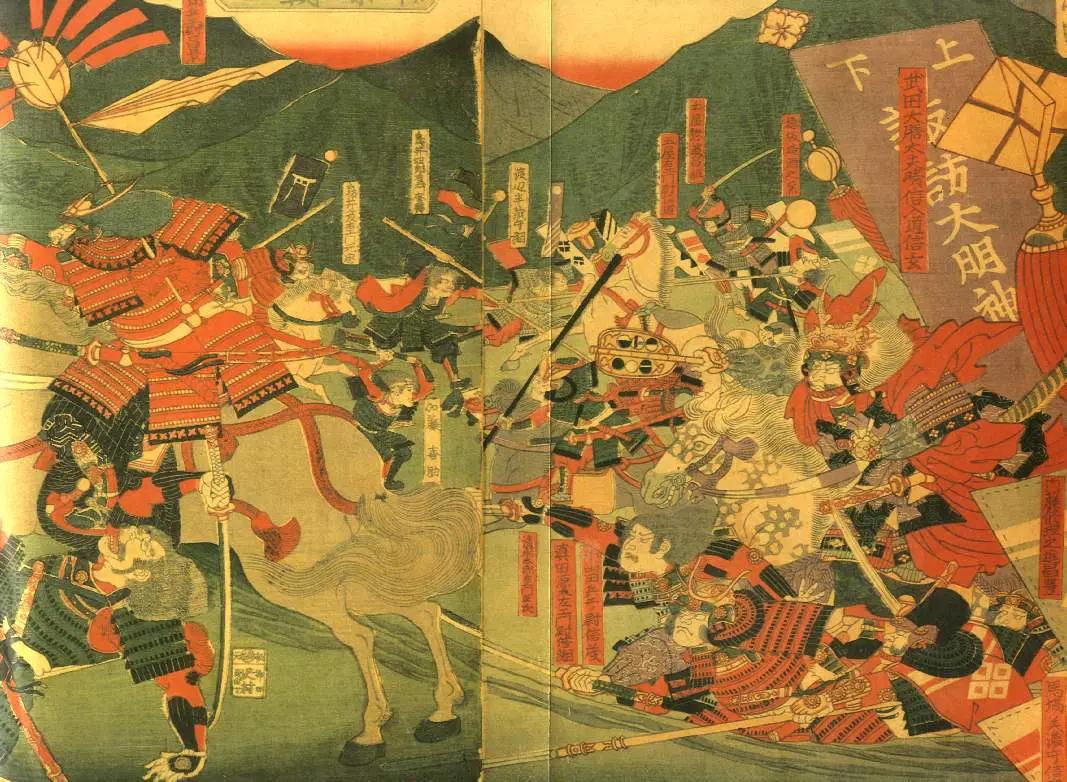 Honor and loyalty were a samurai’s most important attributes. A samurai warrior’s dress, actions, and responsibilities reflected these attributes.
Honor and loyalty were a samurai’s most important attributes. A samurai warrior’s dress, actions, and responsibilities reflected these attributes.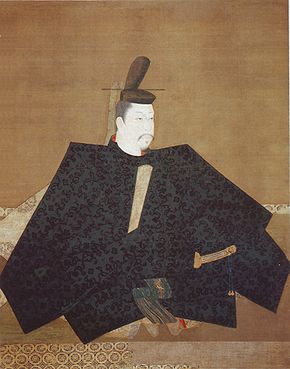 Minamoto Yoritomo
Minamoto Yoritomo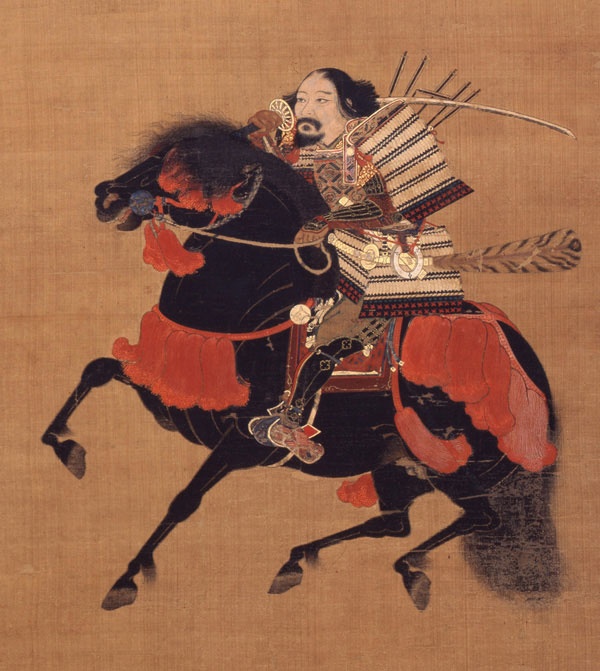 Ashikaga Takauji
Ashikaga Takauji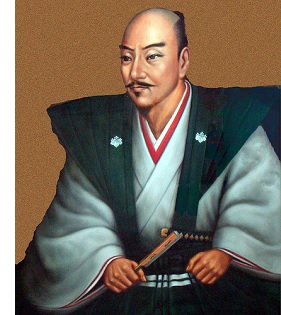 Oda Nobunaga
Oda Nobunaga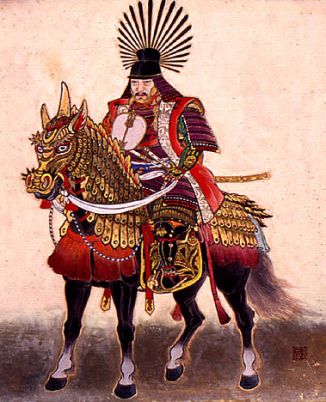 Toyotomi Hideyoshi
Toyotomi Hideyoshi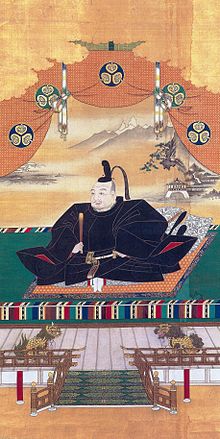 Tokugawa Ieyasu
Tokugawa Ieyasu
